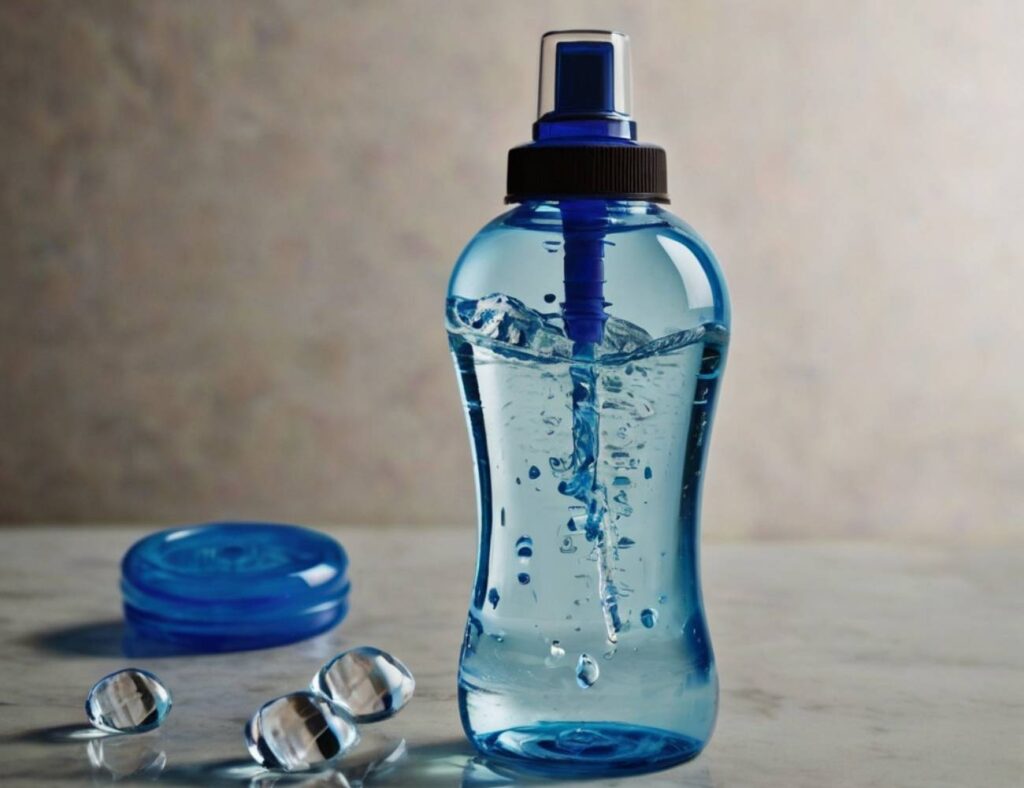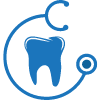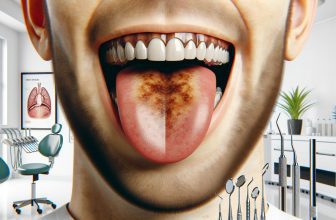
A yellow tongue is also one common condition that could occur when you have sickness; it usually occurs together with other symptoms such as bad breathing or an unpleasant taste. Though a yellow tongue may be alarming, often it is harmless and temporary. But understanding what it means and dealing with it appropriately can relieve it and make one feel better in the process of recovery.
What Does a Yellow Tongue Mean When You’re Sick?
A yellow tongue most frequently occurs because dead skin cells, bacteria, or food particles have built up on the surface of the tongue. When you are sick, some of the following factors can help promote this condition:
1. Dehydration

When a person is sick, especially with fever or vomiting, dehydration may occur. This will reduce the volume of saliva produced, allowing bacteria and debris to build up on the tongue and cause a yellowish coating.
2. Dry Mouth
Forced breathing through the mouth in nasal congestion may cause drying of the mouth and give an ideal atmosphere for bacterial growth and discoloration of the tongue.
3. Medication Side Effects
Certain medication, primarily certain types of antibiotics and antacids, have a negative impact on the normal bacterial flora present in the oral cavity, which results in yellowish discoloration of the tongue.
4. Fever or Infections
Fever, respiratory infections, or gastrointestinal issues can affect the tongue’s appearance by influencing saliva flow and the oral environment.
While a yellow tongue is rarely serious, persistent discoloration with pain, swelling, or other unusual symptoms may indicate an underlying condition, such as oral thrush or jaundice, for which a healthcare professional should be consulted.
7 Best Home Remedies for Yellow Tongue

If yellow tongue is a symptom of some disease or other temporary factors, many home remedies could help return it to its normal appearance and improve oral hygiene.
1. Maintain Proper Hydration

Drink plenty of water to stay hydrated, especially if you’re experiencing fever, vomiting, or diarrhea. Keeping your body hydrated encourages saliva production, which may help clear bacteria and other debris from the tongue.
2. Scrape and Brush Your Tongue
Gently brushing with a toothbrush or using a tongue scraper can remove the yellowish buildup from the tongue. Consistency should be the key, but avoid aggressive brushing that might lead to irritation.
3. Use Salt Water Rinse
Gargling with warm salt water will help with the reduction of bacteria in the mouth, as well as any inflammation. Mix half a teaspoon of salt into a glass of warm water and rinse your mouth two to three times a day.
4. Baking Soda
baking soda is mild and abrasive and therefore antibacterial as well. Using a small amount with water can make a paste that will work good over the tongue to brush gently on, later on to rinse well.
5. Eat Probiotic Foods

The inclusion of yogurt or probiotic supplements will maintain oral bacterial balance, hence reducing discoloration and keeping the oral environment healthy.
6. Avoid Irritants
Limit tobacco, alcohol, and sugary foods, since they encourage bacterial growth and can be contributory to tongue discoloration. Eat a well-rounded diet packed with fruits and vegetables instead.
7. Improve Oral Hygiene
Regular brushing, flossing, and using antimicrobial mouthwashes can prevent bacterial overgrowth and hence maintain oral health even during illness.
When to See a Doctor If your yellow tongue doesn’t improve with self-care measures or is associated with significant pain, swelling, difficulty swallowing, or yellowing of the eyes or skin, see your doctor. Such symptoms may be a sign of a condition that needs medical intervention.
Conclusion
Yellow tongue, when sick, usually is harmless and thus related to transient factors of dehydration, dry mouth, or a lot of medications. These simple home remedies, including good oral hygiene habits, manage the condition to help recover from it. However, always monitor your symptoms, and if necessary, consult with your health care professional for peace of mind and proper care.









